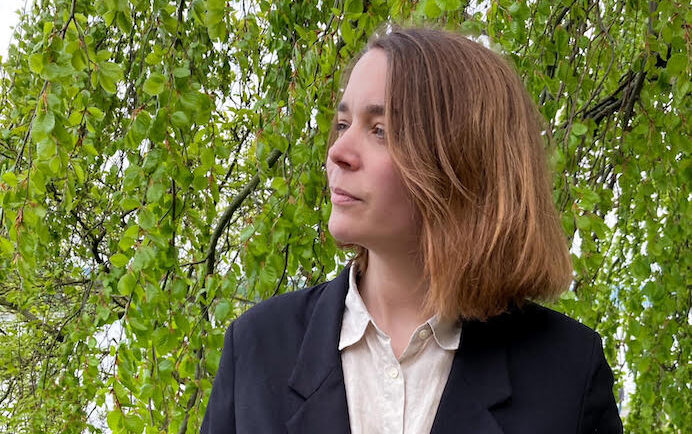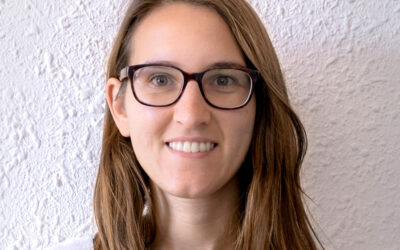The Daylight Award Community
Mimi Ravn

FEATURE
What does daylight mean to you?
To me, daylight is an essential part of our connection to nature. It is an indicator of time passing by throughout the day and year. In the north, where I come from, daylight is absent during the winter, so we celebrate its return in the spring. There is no greater thing than the first rays of sunlight in the early days of March
How did your interest in the subject rise?
It started with a fascination of all the beautiful moments daylight can bring and how it can define the experience of architecture and spaces. Then I began to study the daylight thoroughly and map how dynamics in intensity and spectrum change throughout the day, month, and year. That naturally led to an interest in the biological effects of light, both as a student and later on through research projects as a Research Assistent at the Lighting Design Research Group at Aalborg University. Since I have a design background, it has not been straightforward to suddenly read about neuroscience. However, working as a Lighting Designer, I think it is essential to know how light affects us beyond our ability to see.
How do you work with daylight in your research?
I have had the honour of joining some ongoing research projects at Aalborg University, where my studies of the biological effects of daylight were integrated into their existing daylight design research. I have been focusing on properly measuring daylight and its potential according to circadian stimulus in our built environment.
Which project/publication describes your work the best?
The paper “Simulation Physiological Potentials of Daylight Variables in Lighting Design”. The paper studies the potential of integrating daylight variations in the early architectural design phase as a tool for working with both sustainable and health-associated aspects of lighting design.
According to you, what is the most important focus for the future?
A holistic approach to daylight and artificial lighting where we see them as two interconnected elements in architecture. It is very complex to work with the variations of daylight, but we begin to have the technical tools needed to develop more innovative daylight strategies. Daylight has unexplored potential according to both sustainability and health – two big topics within the field of Lighting Design right now. I am looking very much forward to participating in the development of daylight solutions for the future, that can benefit both people and the environment.

Ravn M., Mach G., Hansen EK., Triantafyllidis G. Simulating Physiological Potentials of Daylight Variables in Lighting Design. Sustainability. 2022; 14(2):881
https://doi.org/10.3390/su14020881




